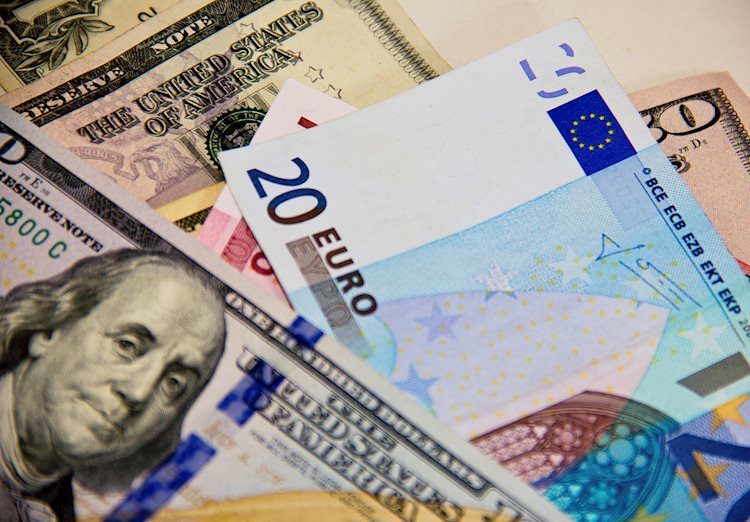The EUR/USD pair continued its upward trend, reaching 1.0885 during the early Asian session on Friday. This movement was driven by a weakening US Dollar. The US Bureau of Economic Analysis reported that the US Personal Consumption Expenditures (PCE) Price Index rose 2.1% on a yearly basis in September, meeting market expectations. Additionally, the core PCE Price Index, which excludes volatile food and energy prices, increased by 2.7%, also in line with market estimations. Traders are closely watching the US Nonfarm Payrolls (NFP), Unemployment Rate and Average Hourly Earnings data, which are set to be released later on Friday. A stronger-than-expected outcome could impact the US Federal Reserve’s rate cut decisions, potentially boosting the USD against the Euro.
Across the pond, the European Central Bank (ECB) highlighted that inflation pressures remain high, driven by wage growth. During its October meeting, the ECB reaffirmed its commitment to a “data-dependent and meeting-by-meeting” approach to future policy decisions. Money markets are currently pricing a 34 basis points rate cut, down from 42 bps the previous day, indicating a reduced likelihood of a larger cut. The Euro is the official currency for the 19 European Union countries in the Eurozone, and is the second most traded currency globally. The Euro FAQs provide insight into the role of the European Central Bank in managing the Eurozone currency and setting interest rates to maintain price stability.
Eurozone inflation data, measured by the Harmonized Index of Consumer Prices (HICP), plays a crucial role in impacting the Euro’s value. High inflation rates may require the ECB to raise interest rates to control it, which could benefit the Euro. Additionally, economic indicators such as GDP, Manufacturing and Services PMIs, employment data, and consumer sentiment surveys can influence the direction of the Euro. A strong economy is generally positive for the Euro, attracting foreign investment and potentially leading to higher interest rates, strengthening the currency.
Trade Balance data is another significant factor that influences the Euro’s value. A positive net Trade Balance, indicating higher exports than imports, can strengthen a currency. Countries with desirable exports experience increased demand for their currency, leading to appreciation. On the other hand, a negative balance can weaken a currency. Economic data releases from major Eurozone economies such as Germany, France, Italy, and Spain are closely monitored as they have a substantial impact on the Eurozone economy.
In conclusion, the Euro’s performance against the US Dollar is influenced by various factors such as inflation data, economic indicators, and trade balance figures. Traders are closely monitoring upcoming US employment data and ECB policy decisions to gauge the direction of the EUR/USD pair. As the Euro remains a key player in the global foreign exchange market, market participants are keeping a close eye on developments in the Eurozone and the US for potential trading opportunities.






























